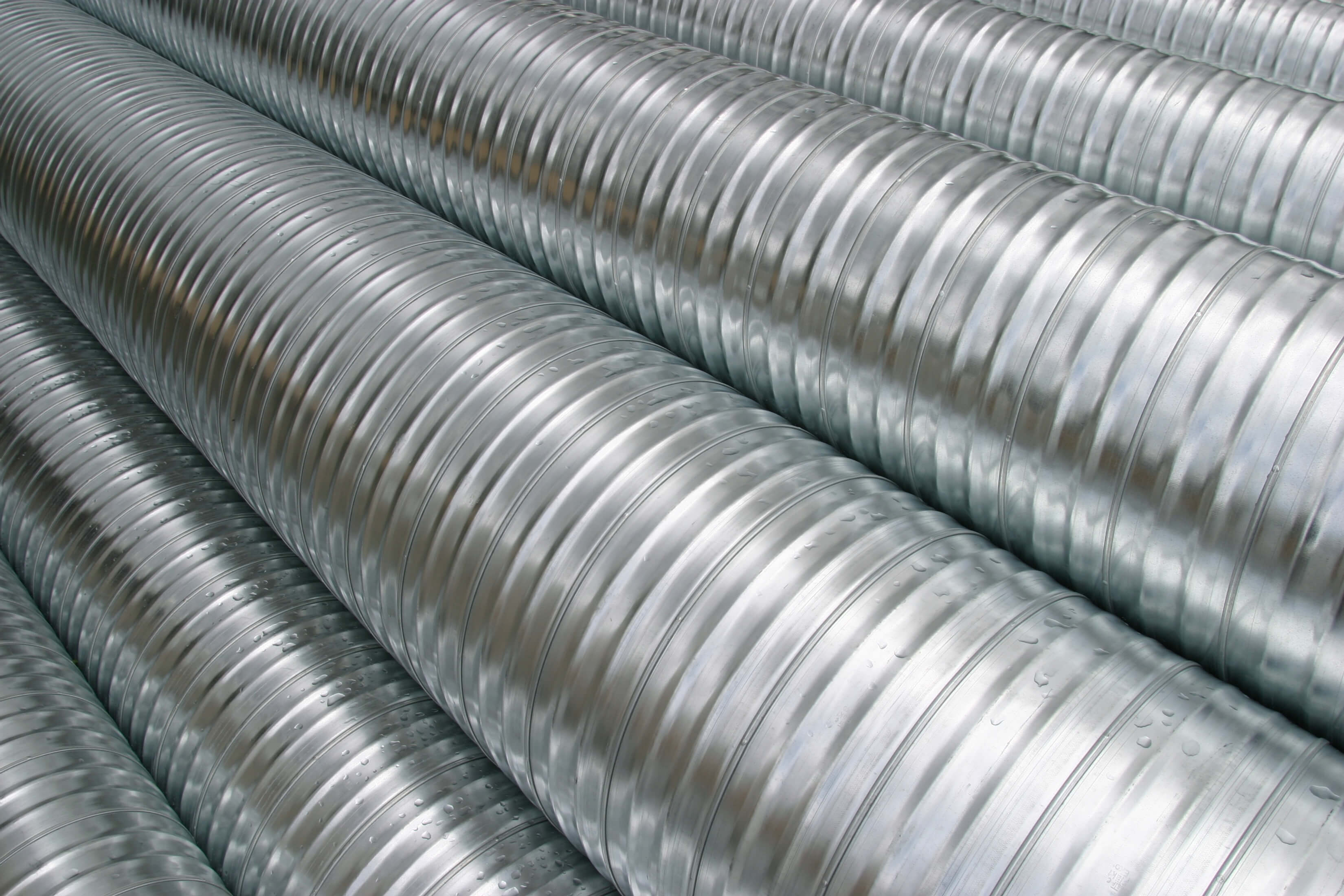Engineers and project managers are increasingly finding themselves in need of "halogen-free" wire management systems for use in a wide variety of applications, from networking and computer systems to industrial automation controls. These items are expected to increase in popularity as a result of environmental and other trends, but their intended application is not always clear to those who must define it. So, what exactly does "halogen-free" mean?
So why is this so crucial, exactly? How come there is a need for a halogen-free product now and in the future?
The halogens, which include elements like fluorine, chlorine, bromine, iodine, and astatine, can be found in the seventh major group of the periodic table. Numerous chemical compounds contain them, including polyvinyl chloride. Since polyvinyl chloride, or PVC for short, is so long-lasting, it finds widespread application as an insulator and sheath in technical products such as cables.
To further enhance their fire resistance, many manufacturers add chlorine and other halogens. However, there is a catch. Inhaling halogens is bad for your health. This is why halogen-free polymers are finding widespread use in the cable industry.
For this reason, the Australian market has HFT ('Halogen Free,' 'Fire Resistant,' and 'Temperature Stability') conduits and fittings developed specifically for Green Star rated buildings. They are particularly well-suited for usage in places such as airports, stadiums, hotels, tunnels, shopping centres, and train stations that call for an extra measure of security.
So, let's investigate these HFT conduits further.
What are Halogen-free conduits?
Halogen-free cables, as the name implies, do not include any halogen-containing plastics in their construction. Many common plastics, like polyvinyl chloride, fluoroethylene propylene, chloroprene rubber, fluoro polymer rubber, etc., include halogens, which may be determined by looking up the chemical components in their names.
Use plastics like silicone rubber, polyurethane, polythene, polyamide, polypropylene, thermoplastic elastomers (TPE), or ethylene propylene diene rubber if you want or are required to work with halogen-free cables. The flame retardant compounds used in them are non-toxic, and they don't have any stabilisers or softeners based on heavy metals.
For what reasons are halogen-free conduits crucial for fire protection?
Harmful effects of halogens on human health have been established. This is especially true during the burning of halogenated plastics, such as PVC. Hydrogen halides are released from plastics when they catch fire. When combined with water, halogens like chlorine and fluorine produce highly corrosive acids like hydrochloric acid and hydrofluoric acid, respectively.
This includes water used by the fire department to put out fires and the fluid from the mucous membranes. Moreover, a cocktail of dioxins and other poisonous compounds can be produced. A person can suffocate or sustain harm to their airways if they are inhaled. People who make it out of a fire may be left with irreparable health problems. For halogen-free conduits, this is far less of an issue.
Conduits should have both low smoke production and resistance to flames as part of an integrated fire safety system. The flame retardant helps the fire burn less quickly and spread less widely, and it can help the fire extinguish itself.
A minor fire can spread smoke, which can harm or degrade the performance of neighbouring equipment, in settings where there are many electrical devices, such as data centres and phone switching stations.
Industry study on cabling and digital equipment found that the mechanisms by which this damage may occur and the amount to which corrosive smoke may cause harm are not totally apparent. Yet, by requiring halogen-free items as part of their fire damage prevention strategies, businesses can mitigate this threat. No harmful byproducts of combustion will be produced from a wiring conduit free of halogens.
Low smoke density
When halogen-free conduits are burned or subjected to high temperatures, they produce fewer corrosive acids or fumes that could be detrimental to human health. These are ideally suited for usage in any setting where the spread of fire could cause serious harm to humans, animals, or property, such as public buildings, transportation, or similar settings. As a result of their low smoke gas density, trapped people are less likely to be overcome by the stench of the fire and have an easier time locating escape routes.
Summary
Halogen-free items, such as halogen-free conduits, are increasingly being required for a variety of reasons. The demand for increased fire safety, fire damage prevention, and/or greater application usage temperatures will continue to push the market towards halogen-free goods, as will industry initiatives and laws focused at safeguarding the environment.









 Erika Rhein, the contributing author and the professional blogger by profession. With years of experience, I now focus on writing blogs on varied niches. Being a research enthusiast, I like to provide my readers with the useful and informative articles on the different topics they are looking for. I aim to create a difference through my writing.
Erika Rhein, the contributing author and the professional blogger by profession. With years of experience, I now focus on writing blogs on varied niches. Being a research enthusiast, I like to provide my readers with the useful and informative articles on the different topics they are looking for. I aim to create a difference through my writing.
0 Comments